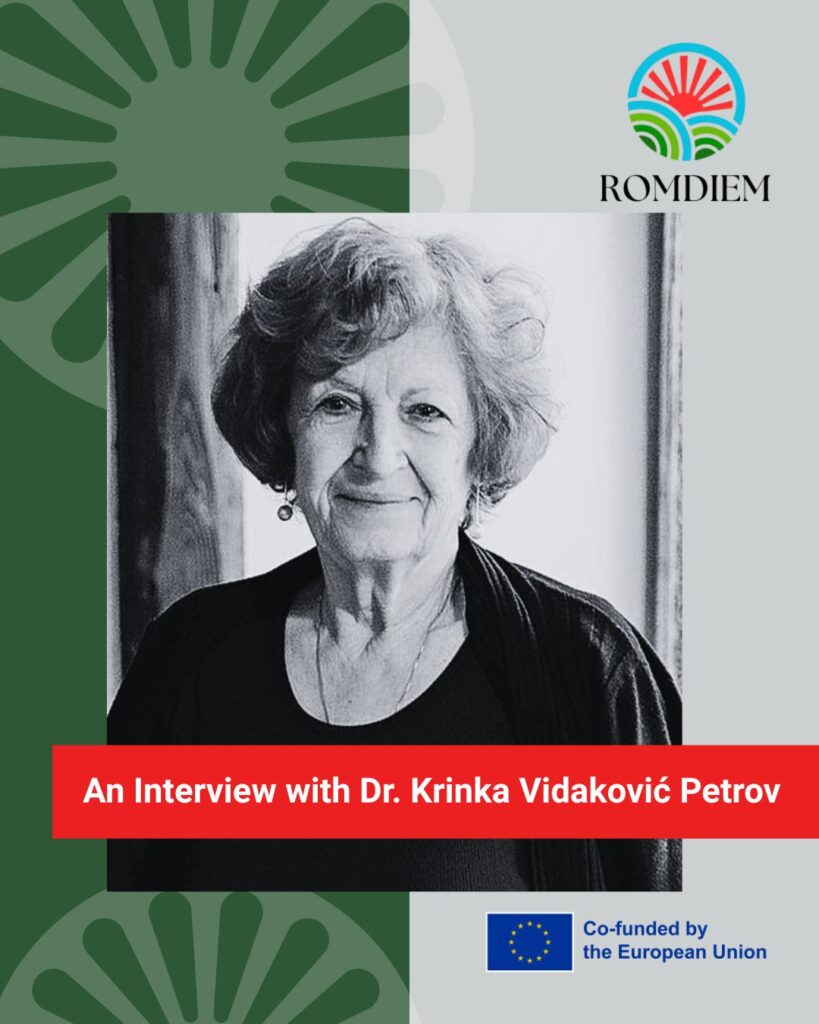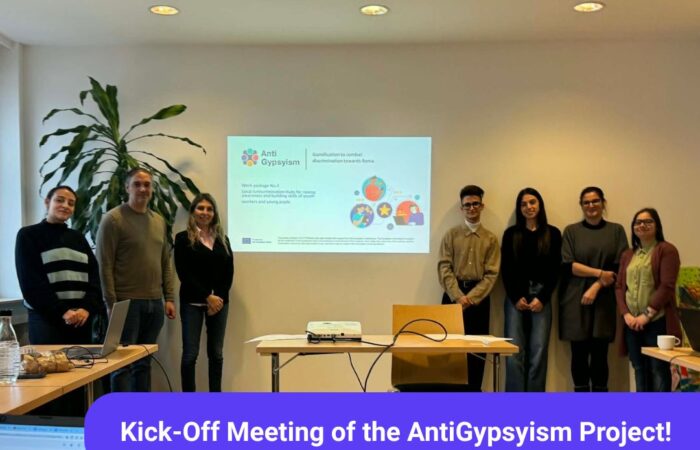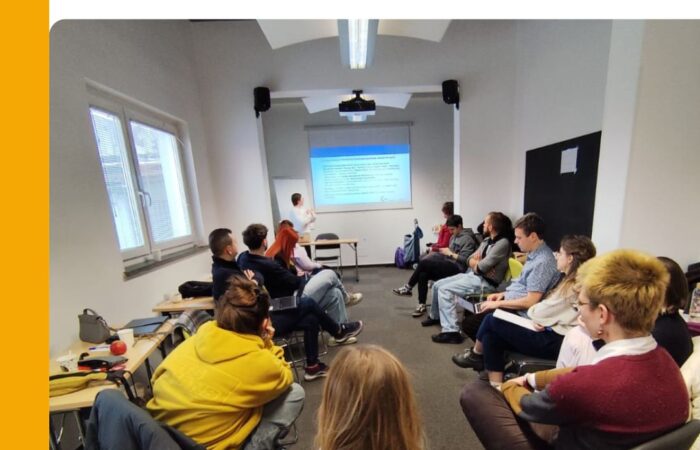On Remembrance, Research, and the Need for Romani Memory Sites
How do we remember the forgotten?
In an interview for the ROMDIEM project, Dr. Krinka Vidaković Petrov, Director of the “Staro Sajmište” Memorial Center in Serbia, speaks about the complex history of one of WWII’s most tragic sites—and the urgent need to include Roma victims in public memory.
At Sajmište, around 40,000 people were imprisoned and 17,000 murdered—among them Serbs, Jews, Roma, and antifascists. Yet, the suffering of Roma remains the least documented. Dr. Vidaković Petrov highlights the importance of facts, inclusivity, and truth:
“Without facts, we cannot build narratives. Our work does not discriminate by nationality, ethnicity, or religion.”
She reminds us that remembrance in socialist Yugoslavia often erased distinctions among victims. Today, new memorials and plaques are needed to tell the full story—naming all who suffered and ensuring Roma are no longer invisible in history.
“It is time to remember the victims by name—including Roma victims—and give them a dignified place in collective memory.”
The interview also points to ongoing challenges: the lack of Romani museums, archives, and education on the Romani Holocaust. ROMDIEM seeks to address these gaps—by supporting research, connecting institutions, and strengthening remembrance through education and community engagement.
“The question isn’t whether we want to know,” says Dr. Vidaković Petrov,
“but who will research it, how we’ll finance it, and how we’ll do it right.”
Interview conducted by Una Beriša, June 4, 2025, Staro Sajmište Memorial Center, Belgrade.



